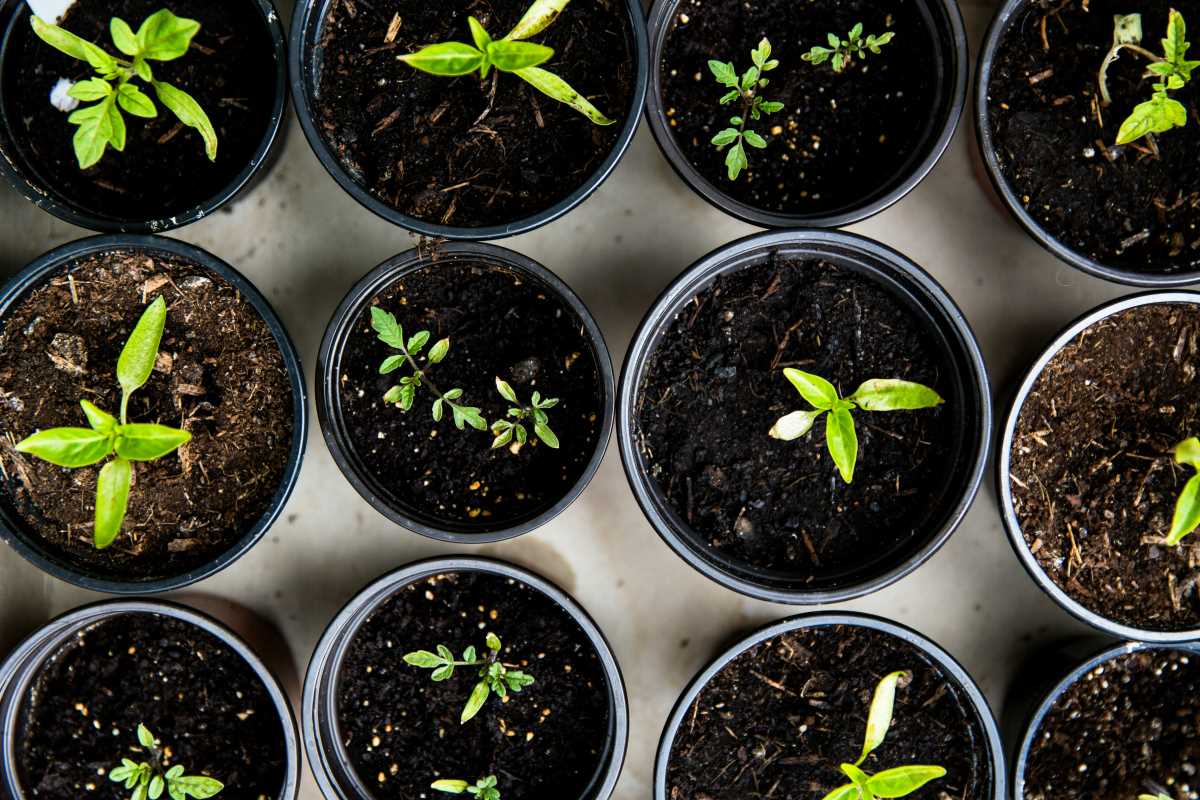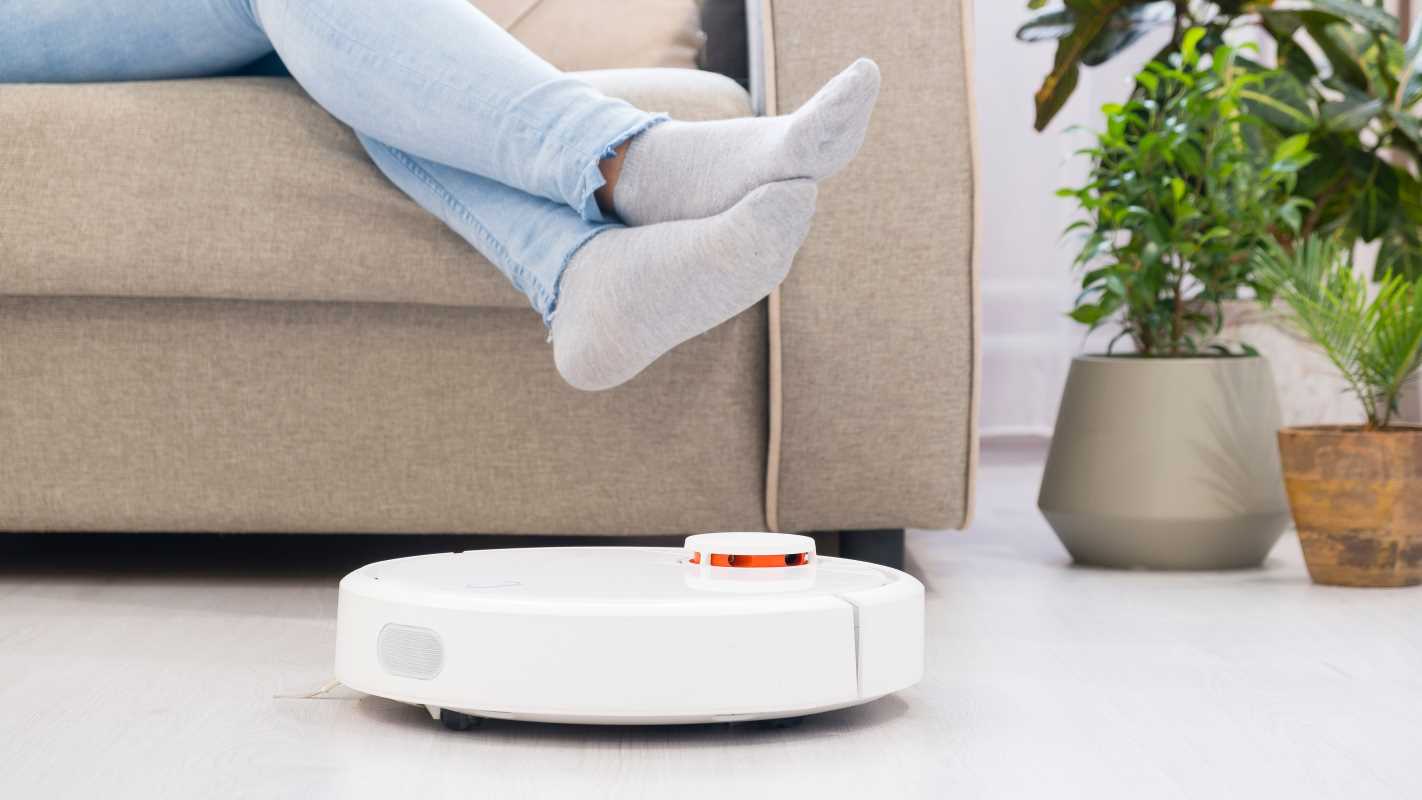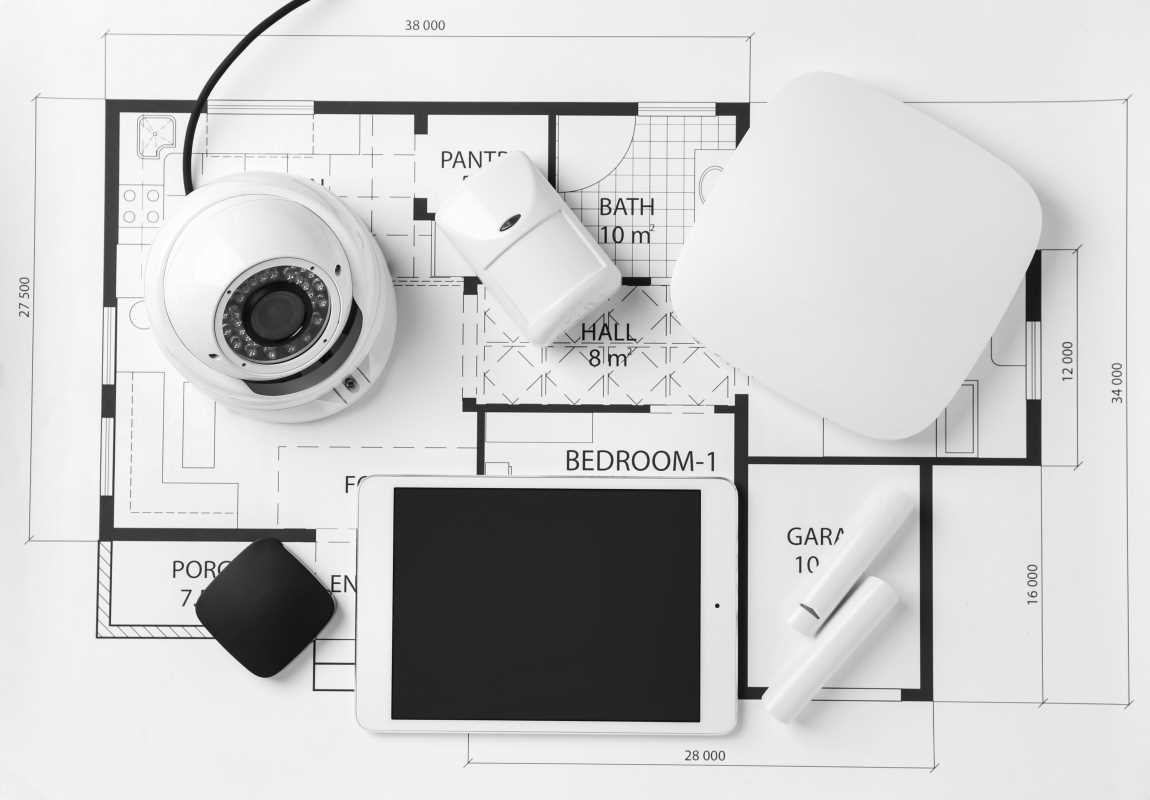Indoor plants can do more than make your living room look pretty. They help filter out certain pollutants and freshen the air around you. Even if their impact isn’t always dramatic, having greenery indoors can create a more pleasant environment and encourage you to be mindful of your space. Many people find that caring for plants boosts their overall mood, too.
Understanding Indoor Air Quality
Stuff like dust, chemical residues, and stale air can accumulate in closed rooms. Everyday activities, from cooking to using cleaning sprays, can add to the mix. Plants have a natural way of absorbing some airborne impurities through their leaves and roots. While they don’t replace proper ventilation, they can be a helpful supplement to normal fresh-air routines.
Choosing plants that suit your lifestyle is important. Some species, like Peace Lily or Spider Plant, are known for their air-purifying qualities, but not all varieties will thrive in the same settings. Matching the plant to your home environment is key if you want it to do well and improve the atmosphere.
Low-Maintenance Plants for Beginners
Not everyone has time to fuss over watering schedules or complicated care instructions. Thankfully, some hardy indoor plants can survive with minimal attention:
- Snake Plant (Sansevieria): Tolerates low light, needs occasional watering, and is known for absorbing certain volatile organic compounds.
- Pothos: Grows quickly, tolerates various lighting conditions, and easily propagates from cuttings.
- ZZ Plant (Zamioculcas zamiifolia): Prefers bright, indirect light but handles lower light levels well, needing only sparse watering.
These options are perfect if you’re new to houseplants or just don’t have much spare time. They look good, help clean the air a bit, and won’t throw a fit if you miss a watering now and then.
Light, Temperature, and Placement
Plants have their own comfort zones. Some prefer bright corners by the window, while others are okay in partial shade. Temperature also matters—most indoor plants do well in average home conditions but can struggle if you blast the AC or keep your thermostat too low.
It’s best to place your greenery somewhere it can get the right balance of sunlight and warmth. A sunny windowsill might be perfect for succulents but might stress a shade-loving fern. If you’re short on space, consider hanging planters or wall-mounted shelves near a window. The goal is to find a spot where the plant can grow without constant adjustments on your part.
Common Pitfalls to Avoid
Over time, many plant owners make similar mistakes without realizing it. Here’s a quick numbered list of things to watch out for:
- Overwatering
- Drowning your plant is more common than you might think. Make sure the soil has a chance to dry slightly before you water again.
- Low Humidity
- Some tropical plants need a bit more moisture in the air. If the tips of leaves turn brown, consider misting them or using a small humidifier.
- Poor Placement
- Choosing a spot with the wrong light level can stress your plant or cause leggy growth. Check the plant’s light requirements first.
- Neglecting Routine Care
- Even low-maintenance plants need occasional dusting of leaves or a fresh pot with better soil. A small bit of upkeep keeps them healthy.
Paying attention to these details helps your plants live longer and do a better job freshening your room.
Best Plant Varieties for Air Purification
Some houseplants get praised for their ability to filter common indoor pollutants. Peace Lily, Spider Plant, and certain types of Dracaena are often top picks. Each has its quirks, so it’s worth looking into which ones align with your home’s conditions.
Making the Right Choice
Choosing indoor plants isn’t just about what removes the most pollutants. You’ll want to consider things like room size, light availability, and any pets or allergies in the house. Mixing a few different species can help diversify your collection, so you’re not relying on a single plant type.
Picking the right indoor plants can make your home feel fresher and more lively. Even small efforts, like placing a tough-as-nails snake plant in the right spot, can lift the vibe of your space. Dive in, learn what works best for your home, and enjoy the benefits of cleaner, greener living.
 (Image via
(Image via





